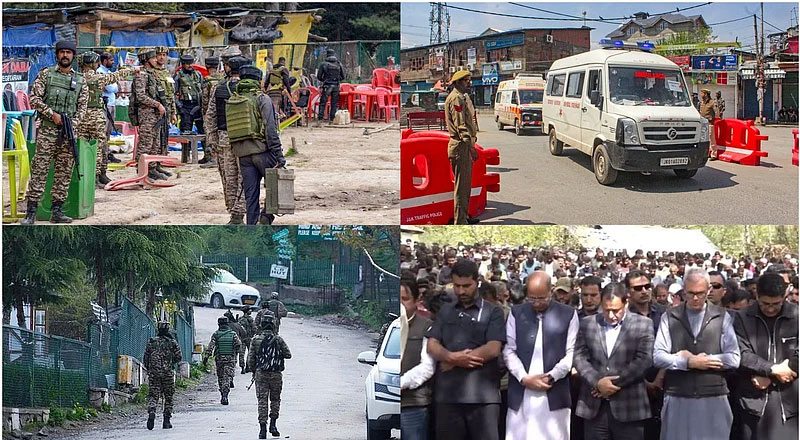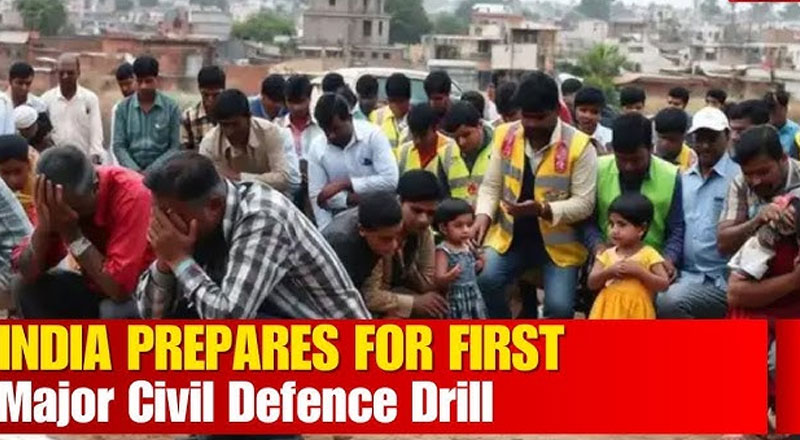India has seen the definition of the poverty line and its statistical specifics morph over the last five decades with the reports of multiple committees and research data giving it shape. Outlook traces the evolution.
According to the recent annual Oxfam Report titled INEQUALITY INC, the pandemic has triggered an increase in the inequality that exists between the richest and the poorest strata, with the fortunes of the five richest men having grown exponentially by 114 per cent while the world suffered from terrible socio-economic tremors since 2020. In India, the inequality widens as the richest hold the reins of the economy by a significantly titled proportion. In Oxfam India’s 2023 report, it showed that the top one per cent in India owned more than 40.5 per cent of total wealth. However, India’s parley with the poverty line and governmental policies has seen major changes and upheavals since 1974.
Methodologies Through The Years
Poverty alleviation had been a major objective of the Planning Commission’s (now NITI Aayog) Task Force on Projections of Minimum Needs and Effective Consumption Demand of the Perspective Planning Division. The task force had determined and categorically distinguished the calories consumed by people in rural and urban settings factoring in age, sex, and range of activities to calculate the poverty line. With a rural dweller needing around 2,400 calories, and those in urban areas requiring about 2,100 calories per person per day, the task force estimated that consumer spending in 1973–74 of Rs.49.09 per person per month in rural areas and Rs.56.64 in urban areas was to be considered to estimate its poverty line.
In 1993 an expert group was set up, chaired by D.T. Lakdawala, to examine the poverty line for India, which suggested the calculation of separate poverty lines for each state factoring in regional economic differences. The Government of India thus began using this method in its calculation of the poverty line where a list of commodities was drawn up and priced in each state, using 1973–74 as a base year. These goods would then be re-priced each year and comparisons could be drawn among various regions.
However, in 2005, the Government of India set up a committee under economist Suresh Tendulkar to report on the methodology of estimation of poverty. In 2009, the committee came out with a report and a new method of calculating the poverty line based on per capita consumption expenditure per month or day. It was found out that the people below the said poverty line in India rose from 27.5 per cent of the total population to 37.2 per cent in 2004–05. While the earlier methodologies primarily used the factor of caloric consumption in urban areas, the Tendulkar Committee expanded the ambit of the factors from food to education, health, electricity, clothing et al.
Another new committee under C. Rangarajan set up to look into the poverty line estimation in India which submitted its report in 2014. The committee amended the Tendulkar Committee’s methodology of calculating the poverty line based on per capita consumption expenditure.
Taking the global scenario into consideration, the methodology employed by the World Bank to calculate poverty lines has also morphed numerous times over the last couple of decades. In 2005, the World Bank’s poverty rates were concluded from those living on less than US$ 1.25 per day on a 2005 purchasing power parity (PPP) basis, which is a metric used to compare economic productivity and standards of living between countries. 2014 saw a major revision to the PPP calculation methodology of the international poverty line, as the limit was raised. In 2017, another revised methodology was sketched out to determine the poverty line where poverty rates for all countries were calculated considering two new international poverty lines: a “lower-middle-income” line set at $3.20 per day and an “upper-middle-income” line set at $5.50 per day.
Numbers
In 1971 the first assessment of poverty was made by VM Dandekar and N Rath using National Sample Survey Organisation data, where they devised a methodology which considered intake and other daily necessities to concluded that, a rural dweller in our country required an annual income of ₹ 170.80 per year (₹ 14.20 per month, adjusted to 1971 Rupee) while an urban dweller required ₹ 271.70 per year (₹ 22.60 per month). They established the fact that almost 40 per cent of rural residents and 50 per cent of urban residents were below the poverty line in 1960–61. The Tendulkar report which was based on per-day expenditures of Rs 32 in urban areas and Rs 26 in rural areas, showed the population below the poverty line in 2009–2010 was 354 million (29.6% of the population) and that in 2011–2012 was 269 million (21.9% of the population).
In 2014, the Rangarajan Committee which almost echoed the numbers to that of the Tendulkar report, concluded that 29.5% of the population fell below the poverty line in 2011-12. According to the World Bank, 21.2% fell below the poverty line. However, as per NITI Aayog’s recent findings, the multidimensional poverty index (MPI) in India declined from 29.17% in 2013-14 to 11.28% of the population in 2022-23, with about 24.82 crore people moving out of this bracket in nine years to 2022-23.
Rs 32 Cap: The Montek Singh Ahluwalia Controversy
Despite being one of the largest growing economies, India’s poverty levels have been dogged by rising discrepancies when it comes to policies designed for BPL card owners and their accessibility as laid down by the government towards the beneficiaries. Following the Tendulkar Committee’s report on the poverty line, the then Deputy Chairman of the Planning Commission, economist Montek Singh Ahluwalia came under immense political backlash over the affidavit filed by the panel in the Supreme Court. It mentioned that people who were earning more than Rs 26 per day in rural areas and Rs 32 in urban areas would not be eligible for government anti-poverty policies, thus establishing the poverty line in line with the Tendulkar Committee’s report.
Besides the opposition, even the National Advisory Council (NAC), headed by Sonia Gandhi, was shocked on seeing the cap. NAC member NC Saxena had said: “On Rs 32 a day, you know only dogs and animals can live.” Another NAC member Aruna Roy had written an open letter to Ahluwalia which read “If it cannot be explained then the affidavit should be withdrawn or else you should resign.” Following immediate flak from his very own party, Ahluwalia had to retract. “It needs to be emphasised that the Tendulkar poverty line is not meant to be an acceptable level of living for the aam aadmi. It is the standard of living of those at the poverty line in 1973-74,” he had remarked.
Currently, the poverty line cap stands at Rs 1,286 per month for urban areas and Rs 1,059.42 per month for rural areas across the country. The contrasted scenario through decades has been instrumental in reading into the huge economic disparity that continues to exist in the country between the rich and the poor. According to the Oxfam report, five billion people became poorer by 0.2% and poverty is unlikely to be eradicated for another couple hundred years. While the economic pangs from the pandemic continue to be felt every day, it is important to ask to what extent the void grows. Do the poor keep getting poorer?





